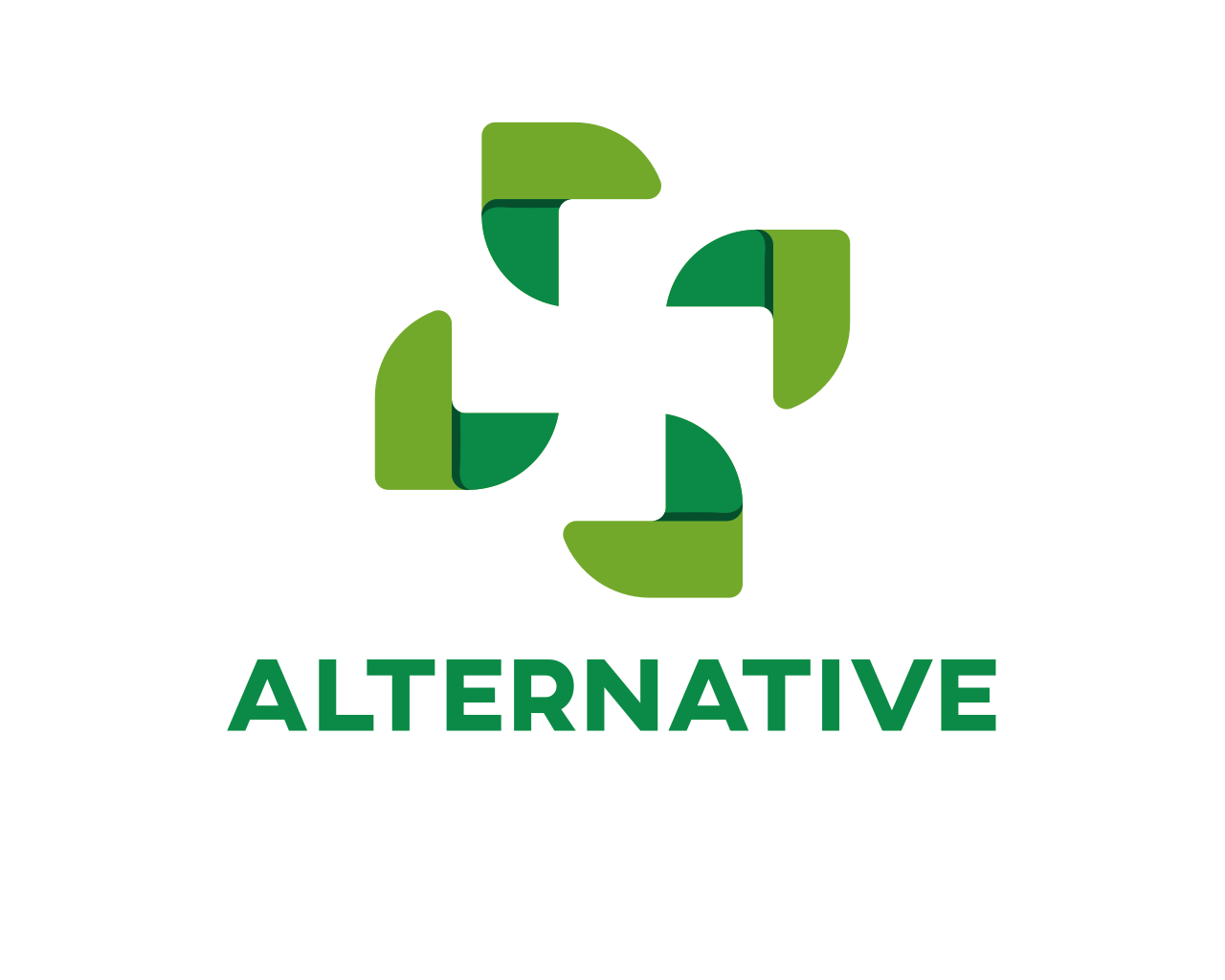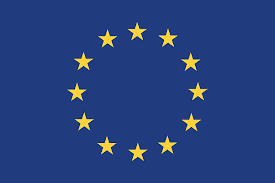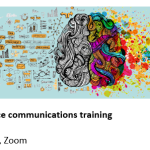Dissemination Activities of the EU-Funded Project ALTERNATIVE
The ALTERNATIVE project, funded by the European Union, aims to address issues on human health from chemical exposure. This project primarily focuses on cardiac and develops an innovative platform for assessing the cardiotoxicity of chemicals. A crucial aspect of the project’s success lies in its dissemination activities, which ensure that the learning, knowledge, findings, and innovations generated reach a wide audience covering its stakeholders and the general public.
Objectives of Dissemination
Dissemination activities for ALTERNATIVE are designed to:
- Raise Awareness: Inform stakeholders and the general public about the project’s goals, progress, and outcomes.
- Engage Stakeholders: Involve relevant parties in discussions and collaborations to enhance the project’s impact.
- Share Knowledge: Distribute findings and best practices to encourage adoption and replication.
- Promote Sustainability: Ensure the longevity and sustainability of the project’s outcomes beyond its funding period.
Key Dissemination Activities
- Publications and Reports
The project has produced 21 publications, including research publications that include 7 Journal publications and 14 Conference publications, 2 whitepapers, 1 policy brief, 14 posters presented at conferences and numerous deliverables. These documents are made available through open-access platforms like zenodo to maximize their reach. Regular updates and summaries of progress are published to keep stakeholders informed via a mix of online and physical participations. The consortium partners are also invited for keynote address and presentations as the work
- Workshops and Conferences
ALTERNATIVE organizes and participates in numerous workshops and conferences across Europe and beyond. These events serve as platforms for presenting research findings, facilitating exchange, and fostering collaborations. The project has organized and co-organized 6 workshops and webinars until M30. These events have provided an interactive platform for discussing research findings, sharing case studies, and engaging with a broader audience.
- Newsletters
The project publishes a quarterly newsletter that provides updates on recent activities, upcoming events, and new publications. The newsletter is distributed via email and is also available on the project’s website. It serves as a concise and accessible way to keep stakeholders and the public informed about the project’s progress. The project has published 10 newsletters until M30.
- Social Media and Online Presence
ALTERNATIVE maintains an active presence on social media platforms such as Linkedin with 209 followers, and Platform X(former Twitter) with 121 followers. These channels are used to share real-time updates, highlight key milestones, and engage with the public. The project’s website acts as a central hub, providing comprehensive information about the project’s objectives, activities, and outcomes.
- Collaboration with Advisory board members
Engaging with experts is another important aspect of the project strategy. The project has organized 4 advisory board meetings until M30. This collaboration ensures that the project’s direction and implementation of ALTERNATIVE’s work aligns with recent developments and advisory board members provide advice and suggest effective ways for exploiting the ALTERNATIVE platform in the public and private domain.
Impact and Outcomes
The dissemination activities of the ALTERNATIVE project have led to several notable outcomes:
- Enhanced Visibility: The project’s visibility has increased significantly through its active online presence and participation in high-profile events.
- Stakeholder Engagement: Continuous engagement with stakeholders has led to valuable feedback and the establishment of strong partnerships especially among sister projects.
- Knowledge sharing: The dissemination of research findings and best practices has facilitated learning and adoption of innovative approaches.
- Policy contribution: The project’s policy briefs and engagement with policymakers should lead to sustainable development.
Conclusion
The dissemination activities of the ALTERNATIVE project play a crucial role in ensuring that the project’s innovations and insights are shared widely and effectively. These insights enable informed decision-making, helping to adapt communication strategies and maximize the impact of the project. By employing a diverse range of dissemination methods, the project has successfully engaged with a broad audience, fostering a collaborative environment that supports the project’s goals and sustainability including collaboration with Green deal cluster initiatives and sister projects.





